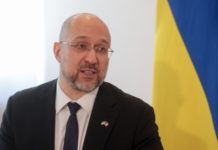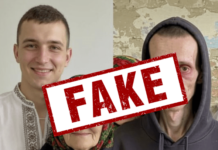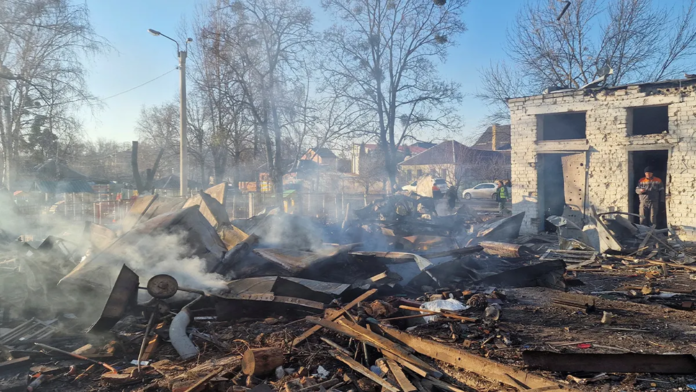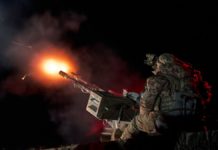As of March 7, 2025, the conflict in Ukraine continues to evolve, marked by significant military engagements, diplomatic initiatives, and international responses. Here’s an overview of the latest developments:
Military Situation
As of March 7, 2025, the situation on the front lines of the Ukraine war remains tense and unpredictable. Intense battles continue in the Donbas region, with Ukrainian forces successfully repelling numerous attacks by Russian troops. Over the past 24 hours, Ukraine has reported 146 combat engagements with Russian forces. The heaviest fighting has occurred in Donetsk, Bakhmut, and Avdiivka, where Russia has sustained substantial losses.
Russian missile and drone attacks have intensified, with Russian forces launching 67 missiles and 200 Shahed drones in a series of overnight strikes on March 7. Key infrastructure, including energy and gas facilities, was targeted, leading to widespread damage and civilian casualties. At least 10 civilians were injured, including children in Kharkiv and Poltava regions. Despite these efforts, Ukraine’s air defense systems intercepted the majority of Russian missiles and drones, significantly reducing the potential damage.
On the ground, Russia’s tactics include the continuous use of precision artillery and loitering munitions, with drones attacking both military and civilian targets across Ukraine. Ukraine’s resilience, however, continues to be bolstered by Western support, including new air defense systems provided by the United Kingdom and France.
Russian Losses
According to Ukrainian officials and intelligence reports, Russia has sustained significant losses during the ongoing conflict. In the past 24 hours alone, Ukraine claims that approximately 1,150 Russian soldiers were killed or wounded, and a significant number of Russian military equipment was destroyed, including 15 tanks, 40 armored vehicles, and 100 drones. Since the beginning of the war, Russian forces have lost over 91,000 soldiers, and the total casualties (killed and wounded) now exceed 883,000, as reported by the Ukrainian General Staff.
Ukraine continues to target Russian supply lines, military bases, and logistical hubs, causing severe damage to Russia’s ability to maintain its offensive operations. Despite these significant losses, Russian forces have shown resilience in certain regions and continue to push forward in areas like Bakhmut and Avdiivka, though with heavy casualties.
Diplomatic Initiatives and International Support
Ukraine’s Diplomatic Position: Amid continued Russian aggression, Ukrainian President Volodymyr Zelenskyy reiterated that Ukraine will not engage in peace talks without substantial guarantees of sovereignty and security. His remarks come after rising tensions between Ukraine and the United States over President Donald Trump’s call for an immediate ceasefire. Zelenskyy emphasized that a lasting peace can only be achieved once Russia halts its missile and drone strikes against Ukraine.
On March 6, French President Emmanuel Macron proposed a new peace initiative that would involve temporary ceasefire measures but emphasized that Russia must cease its attacks for any negotiations to begin. Germany and other EU leaders have echoed these views, offering increased military aid and security guarantees to Ukraine. The European Union is continuing to support Ukraine’s efforts by accelerating weapons deliveries and humanitarian aid.
International Aid: The United States remains Ukraine’s most significant ally, despite some political tensions. Although there is a temporary pause in military aid, the U.S. has committed over $12 billion in budgetary support for Ukraine, including funding for infrastructure repair and military training. Britain continues to provide critical air defense systems and heavy artillery, while Poland and Canada are also preparing additional military support packages.
NATO maintains its strong position on Ukraine’s security, calling for increased defense spending across Europe to ensure that the alliance’s support remains steadfast and sustainable in the face of Russian threats.
Humanitarian Situation
The humanitarian crisis in Ukraine is worsening. Over the past 24 hours, Russian airstrikes and artillery shelling have caused significant damage to residential areas, with at least 10 civilians injured during missile attacks in Kharkiv and Poltava regions. Hospitals and schools continue to operate under dire conditions as critical infrastructure remains damaged or destroyed.
The war has displaced millions, with over 8 million Ukrainians seeking refuge in other countries, primarily in Poland, Germany, and Hungary. Meanwhile, internally displaced persons (IDPs) number over 6 million, many of whom live in temporary shelters or with host families.
International organizations, including UNHCR and the Red Cross, continue to provide emergency aid to the displaced. Food, medical supplies, and warm clothing are being distributed to affected regions, though the need remains overwhelming.
Kremlin’s Strategy and Military Objectives
Despite Russia’s military setbacks on the ground, President Vladimir Putin remains determined to achieve his objectives. His official statements continue to emphasize that Russia will not cede any occupied territory in Ukraine. In a March 6 speech, Putin reaffirmed Russia’s commitment to a long-term conflict, claiming that the war is essential for Russia’s defense against the West and NATO.
Russian forces are intensifying their efforts to secure full control of Donetsk and Luhansk regions, with heavy artillery bombardments continuing around Avdiivka and Bakhmut. Despite facing resistance from Ukrainian forces, Russia is expected to continue pressing its territorial claims, especially in the south, including Zaporizhzhia and Kherson regions.
Putin also indicated that Russia is preparing for an extended war of attrition, betting that Ukraine and the West will eventually tire and seek negotiations. Russian state-run media continue to portray the conflict as a “proxy war” initiated by the West, with Russia framing its actions as defensive in nature.
Internal Situation in Ukraine
Economic Recovery: Ukraine’s economy is showing signs of resilience, with GDP growth expected to reach 3–4% in 2024. However, inflation remains high, and inflationary pressures are expected to persist as the war continues. The National Bank of Ukraine has raised its interest rates to curb inflation and stabilize the currency.
The Ukrainian government is also focusing on rebuilding efforts and attracting investment for post-war reconstruction. The $524 billion required for rebuilding Ukraine over the next decade remains a significant challenge, but international financial institutions, such as the IMF, continue to provide financial assistance to support both Ukraine’s defense and reconstruction efforts.
Military Mobilization: Ukraine’s general mobilization continues as the war intensifies. The Ukrainian government is increasing military recruitment and military training, particularly in response to Russian strategies of overwhelming Ukrainian defenses. The government also continues to reform military procurement and supply chains to ensure Ukraine can sustain its defense capabilities.
Conclusion
As the war in Ukraine persists into its third year, the situation on the ground remains fluid and unpredictable. The military conflict shows no signs of ending soon, as both sides maintain a hardline stance. However, international support for Ukraine, along with its resilience on the battlefield, continues to be a defining factor in the ongoing conflict. The humanitarian crisis in Ukraine remains dire, and the path to peace remains uncertain as diplomatic talks evolve amid military pressure from both sides.
SUPPORT US 💙💛
If you enjoy what we do and want to help us keep going, please support us with any amount via these links:
☑️ patreon.com/MeanwhileinUkraine
Your support helps us continue delivering timely and accurate updates. Stay informed and stand with Ukraine!
Together we are stronger! 🇺🇦
























